How a Harmless ’80s Toy Sparked a National Security Risk
Toys are meant to entertain, spark creativity, and provide harmless fun. For most kids, model kits like the ones Testor produced in the 1980s were an enjoyable pastime that allowed them to build planes and vehicles piece by piece. But one seemingly innocent kit, the F-19, turned into a national security scare. The release of this mock-up led to questions about how a simple toy could expose highly sensitive military information.
The F-19 Controversy
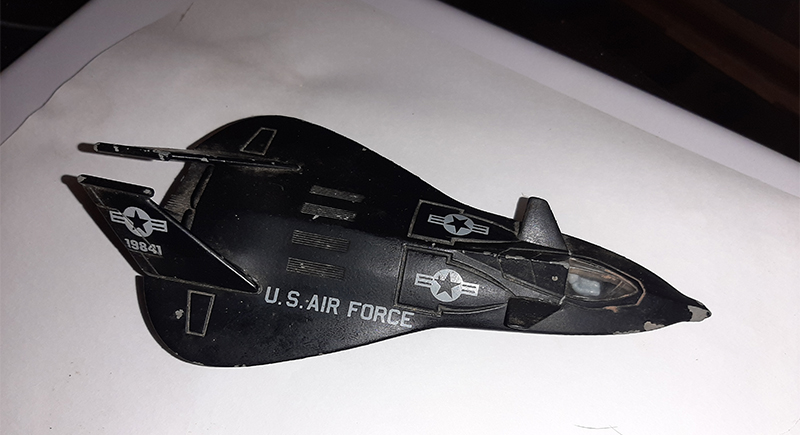
Credit: Wikimedia Commons
Testor, a company established in the 1920s, was known for producing in-depth model kits, paints, and adhesives. However, the company found itself in the midst of a storm in 1986 when it launched the F-19 version. This is because its latest toy resembled a top-secret U.S. stealth fighter that had not been officially acknowledged.
Ron Wyden Takes the Stage
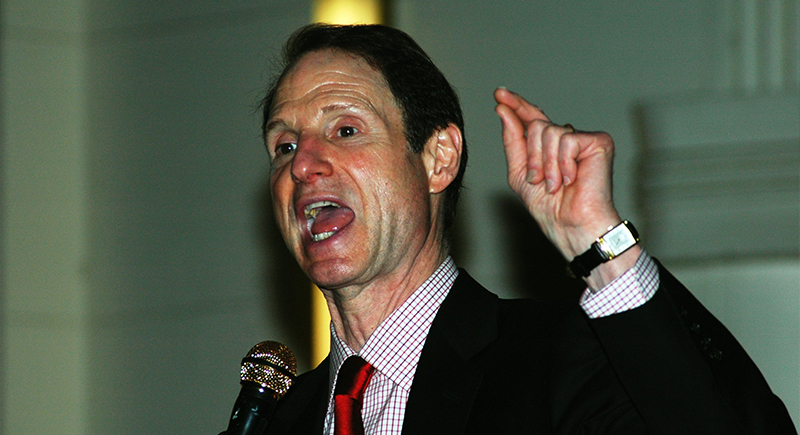
Credit: Wikimedia Commons
Congressman Ron Wyden took it upon himself to ask how a private company seemed to know more about a secret plane than elected officials. In a hearing, he held up the F-19 model and called attention to the fact that a commercial product like this could be based on classified information.
Testor’s Background in Model Kits
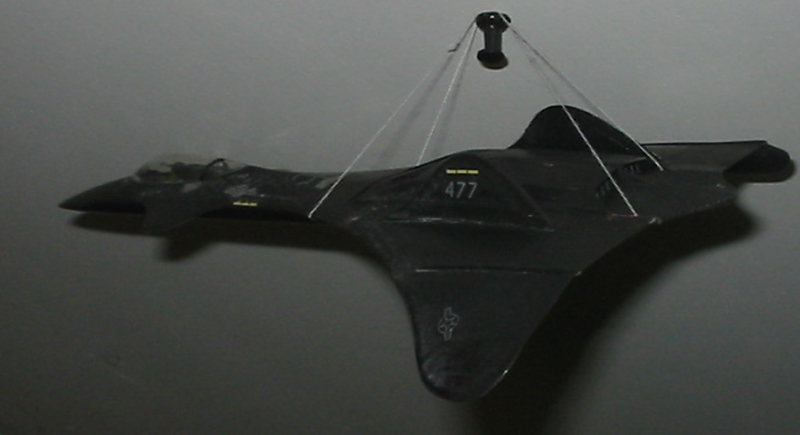
Credit: flickr
Back then, the company had made a name for itself for its commitment to accuracy and craftsmanship. It produced highly detailed replicas, particularly of military aircraft. Their models were trusted by hobbyists and collectors alike for their precision.
John Andrews Designs the F-19
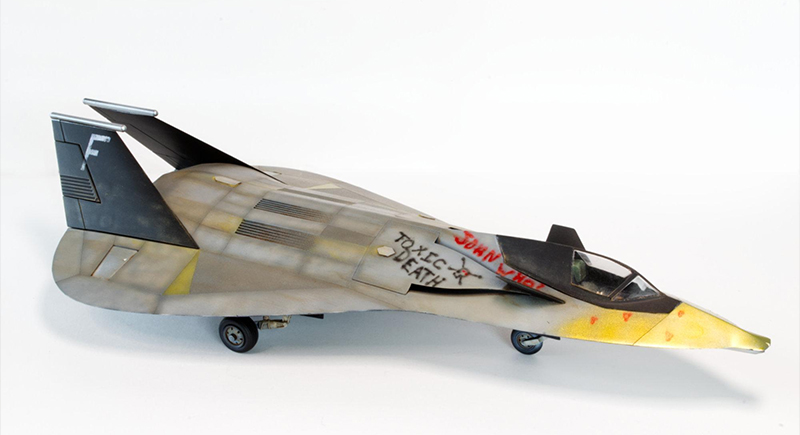
Credit: Reddit
A designer at the time, John Andrews, was tasked with coming up with a new design. Lacking access to classified details, he relied on publicly available information to approximate the design of the rumored stealth fighter. Key features, such as its size and stealth capabilities, informed the design. But everything else was mainly a speculative guess based on patterns and clues.
Chuck Miller’s Hesitation
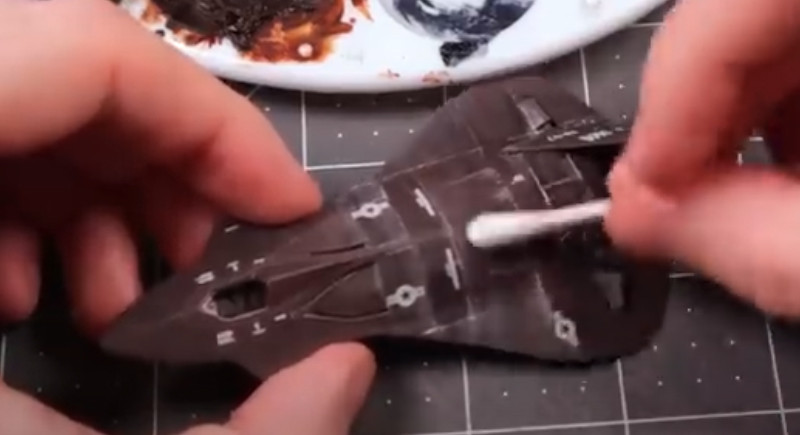
Credit: Youtube
When Testor president Chuck Miller first learned about the new toy, he was concerned about the potential security risks. He feared that creating it based on speculation could inadvertently expose sensitive information. Miller contested whether the company was unknowingly crossing a line with such a guesswork-based design.
Andrews Convinces the President
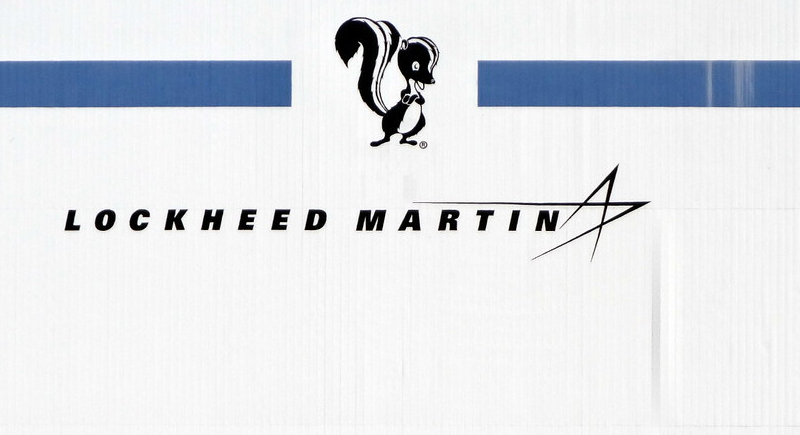
Credit: flickr
Taking his doubts to Andrews, the President expressed he was unsure of the release. He then decided to reach out to the Air Force and Lockheed for feedback, but received no response. After weighing the risks and hearing Andrews’ reassurances that the model was purely speculative, Miller decided to move forward with production.
Media Coverage Fuels Controversy
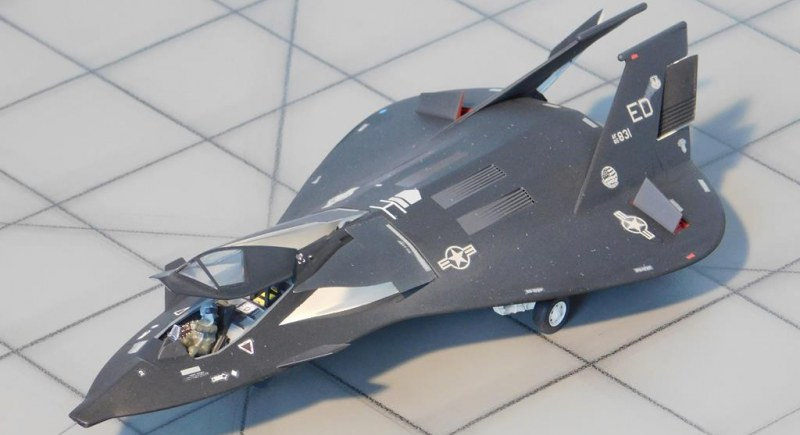
Credit: Reddit
It did not take long for the media to pick up on the story of the F-19 replica. Reports began questioning whether the model was based on a real, secret aircraft and how Testor could have known so much about a classified military project. The press also speculated that it might be revealing sensitive information.
Surge in Sales
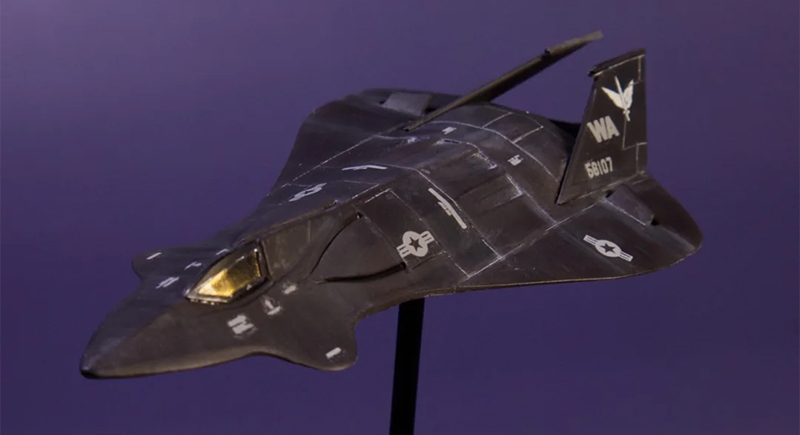
Credit: Reddit
As the media buzz grew, so did the demand. Sales of the toy skyrocketed, with hobby stores across the country reporting sellouts. Testor originally projected sales of around 500,000 kits, but by the end of the year, the number had nearly doubled to 700,000.
Soviets Purchase the F-19 Replica
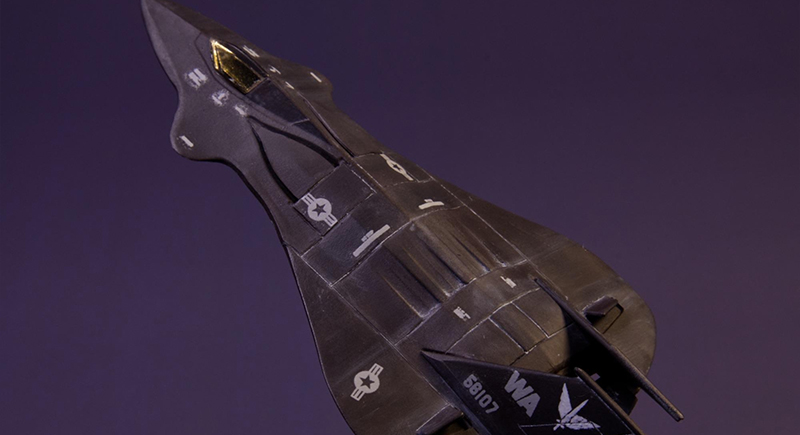
Credit: Reddit
Foreign intelligence agencies, including the Soviets, took notice of Testor’s F-19. It was widely believed that Soviet agents were buying the kits in Washington, D.C., and elsewhere. The mock-up had become an affordable and accessible way for foreign spies to gain insights into the U.S. military’s classified technology.
The Air Force’s Silence
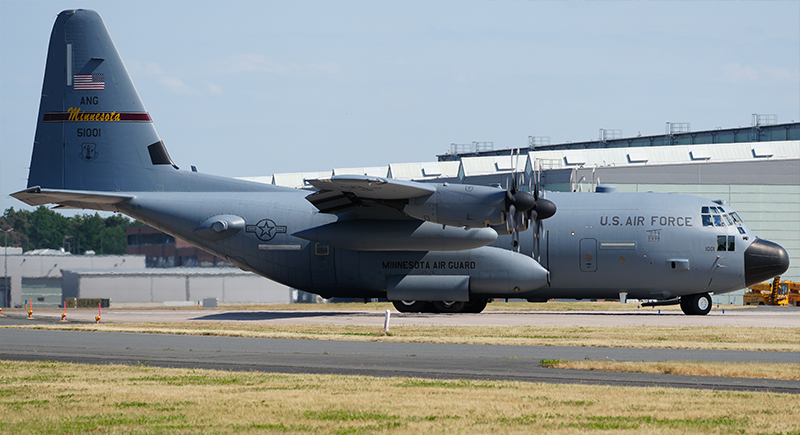
Credit: Wikimedia Commons
One thing that everyone noticed was that throughout the uproar, the U.S. Air Force chose not to make any comments. The lack of an official statement allowed rumors to swirl, with some believing the Air Force was deliberately withholding information to avoid confirming or denying the plane’s existence.
Challenging the Government
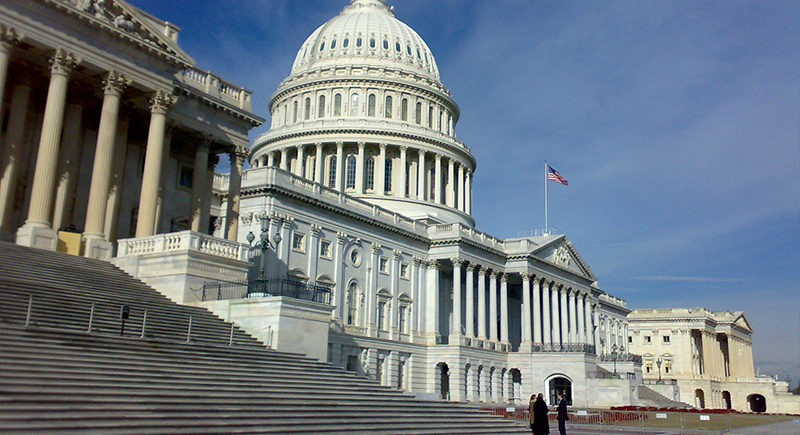
Credit: Wikimedia Commons
While continuing to press the government, Wyden questioned whether the information had leaked through unofficial channels and if Testor’s model was an unintended consequence of that breach. His inquiries raised eyebrows in Congress, as lawmakers scrambled to understand how the company had obtained such detailed knowledge about the F-19.
Testor’s Defense of the New Edition
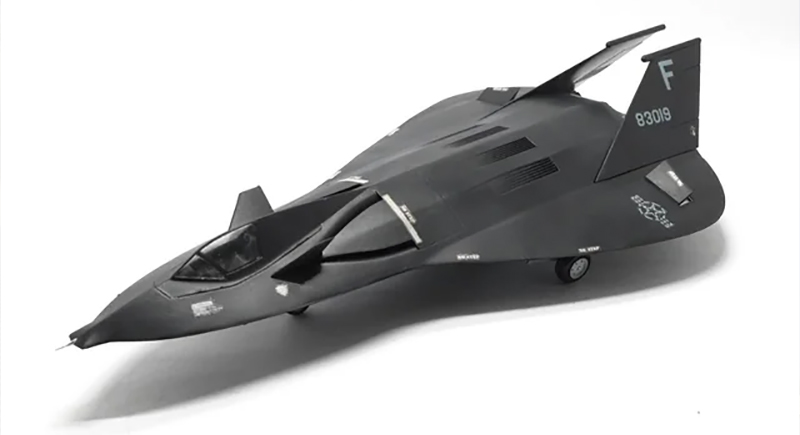
Credit: Reddit
In response to the mounting backlash, Testor defended the latest launch by insisting that it was purely speculative. The model maker emphasized that they had no access to classified information and that the design was based on industry rumors, educated guesses, and publicly available sources.
The Truth About the F-19
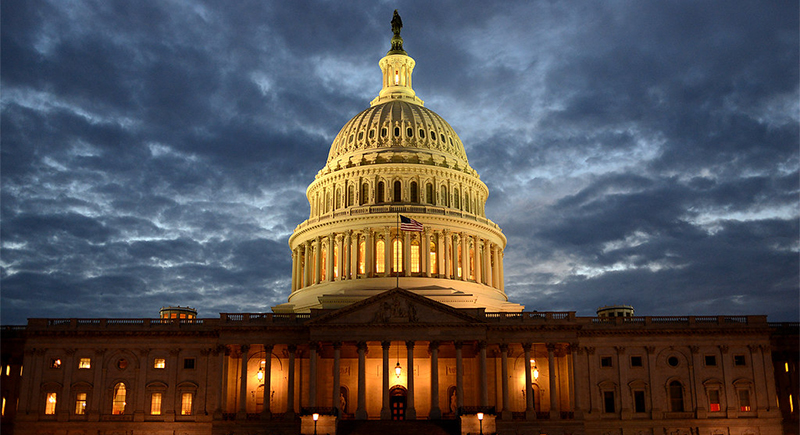
Credit: flickr
By 1988, the U.S. government declassified the aircraft behind the F-19 toy. It was confirmed that the plane was the F-117 Nighthawk, a stealth fighter that had been in development for several years. The irony was that it looked nothing like the F-19 model that had caused such a stir.
Continued Success of the Model Maker
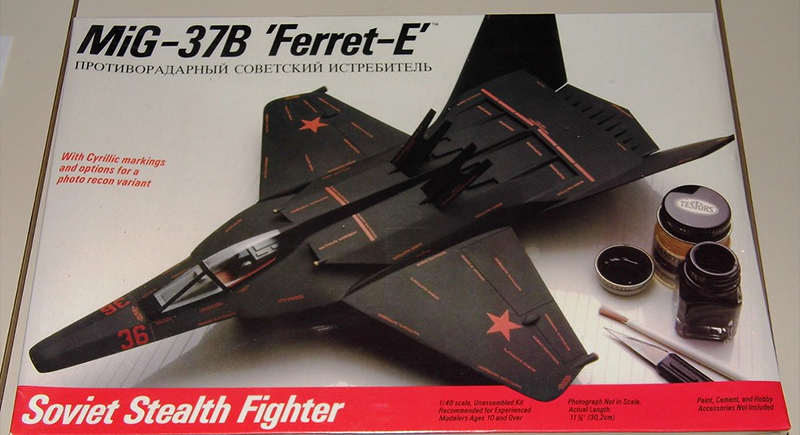
Credit: flickr
Eventually, the model kit producer decided to move forward and put the chaos behind them. Testor went on to create popular military kits, including a Soviet MiG-37B stealth fighter in 1987. However, it later remembered how it was the F-19 that had made it a household name.
Legacy of the Incident

Credit: Reddit
The nationwide controversy following the introduction of the F-19 aircraft is a caution about the unexpected ways sensitive information can leak. The episode revealed how easily civilian products—whether toys or tools—could inadvertently expose national security secrets during the Cold War.